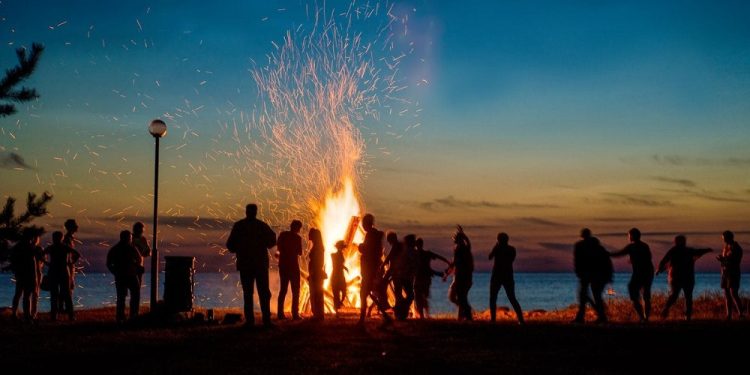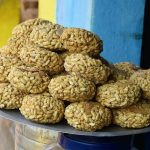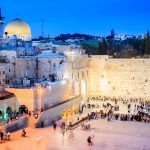
Lag B’Omer
The Jewish religious festival Lag B’Omer, also known as Lag BaOmer, is celebrated on the 33rd day of the Omer count and is considered a minor holiday. It marks the 33rd day out of the 49 days between Passover and Shavuot. Significantly, it is the only day during the Omer when Jewish weddings are allowed. There are various unique ways to celebrate and mark the occasion, so we shall take a closer look at this special day and what it involves for those who observe it.
Why Celebrate Lag B’Omer?
This day is different, so the celebrations are also unique. The Omer is a time for mourning, so celebrations such as weddings are typically not permitted. An observant Jew will not cut their hair during this time. There are different traditional reasons for this recognition, with the most prominent relating to the Talmud, where a plague killed many of Rabbi Akiva’s students because they did not treat one another with respect.
It is said that the plague ended on the 33rd day of the Omer, hence the celebratory recognition of the day. This was around the time of 50 – 135 CE, and one of the students who survived was Rabbi Shimon bar Yochai, a notable Jewish scholar at that time who later died on the 33rd day of the Omer some years later.
Rabbi Akiva was spared from the plague and later died on the 33rd day of the Omer, giving the day more significance. Thus, the sadness of the Omer is paused for a day, and there are celebrations instead. It is this day when celebrations are allowed, giving this day in the Omer significance.
Is Lag B’Omer A Public Holiday?
In the Western world, it is not, but this does not change the fact that it is an important day for the Jewish community. Celebrations are still held within Jewish communities around the world, and some organizations are allowed to close to fully celebrate. In Israel, it is not considered a public holiday, although schools do close for the day.
How To Celebrate Lag B’Omer?
Since it is a day of celebration, weddings, dancing, and haircuts are all permitted. It is actually a time when many 3-year-old boys get their first haircut. Families host other families, people get together to share picnics, and barbecues, where they sing and dance traditionally. In the days leading up to Lag B’Omer, fires are prepared.
This makes it easier to light the bonfire in the evening, which is important since it is traditionally the children who light it. In schools, children may gather wood in the lead-up to the day for this very purpose. The bonfires are stacked high to make them as big as reasonably possible. It is easy to see why some call it the Jewish holiday of bonfires.
It is believed that the fires symbolize the communication between towns as a form of warning of the time because the plague that caused the death of Rabbi Akiva’s students was actually caused by the Bar Kokhba revolt.
Children are encouraged to play with more humble toys and to shoot bows and arrows. In Meron, Israel, it is also a tradition to donate a Chai Rotel. This means donating 18 Rotel (roughly 13 gallons) of liquid food or drink to pilgrims attending the celebrations. It is believed that by doing this, the giver will be granted a miracle.
Lag B’Omer Traditions
Many of them are mentioned above, but let’s take a look at why there is significance to children using bows and arrows for play. It is believed that the theory behind a plague killing thousands of Rabbi Akiva’s students may have been a way of saying there was a war and a bad defeat at that.
Rabbi Akiva was involved in the Bar Kokhba revolt, which was a rebel group around the time of 132 CE, and against the Roman rule of the time. This plan, led by Simeon bar Koseva, failed, which resulted in thousands of deaths and even longer oppression under the rule of the Roman leaders. The bows and arrows signify the fight of the rebels and their fight for religious freedom at the time.
Where Is The Significant Place To Celebrate Lag B’Omer?
In Meron, Israel, there is the tomb of Rabbi Shimon bar Yochai, which is where hundreds of thousands of Jews gather to celebrate. The roads are closed, and the masses, as per tradition, Rabbi Shimon bar Yochai requested that his students celebrate his death, rather than mourn it.
Meron is a place where the above customs are most common. So, expect 3-year-old boys to be getting their first haircut, and weddings, dancing, Chai Rotel, and many more of the common ways of celebrating Lag B’Omer to be observed at this time of year.








